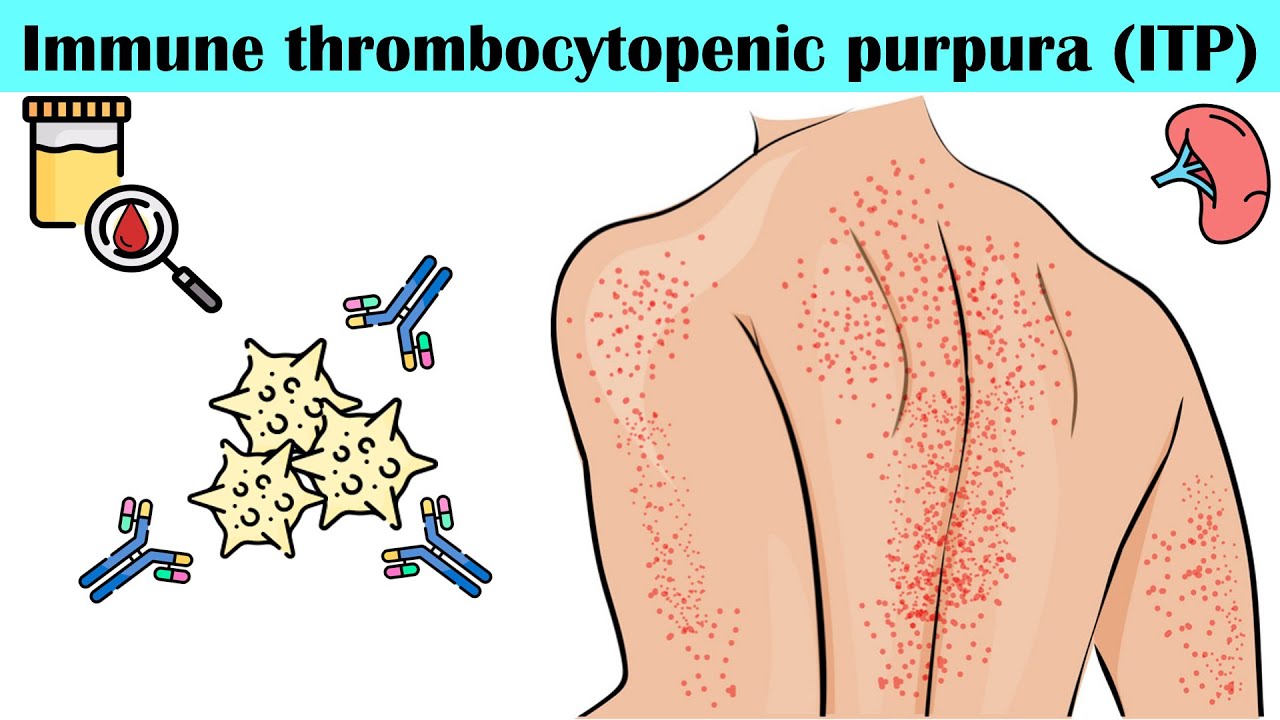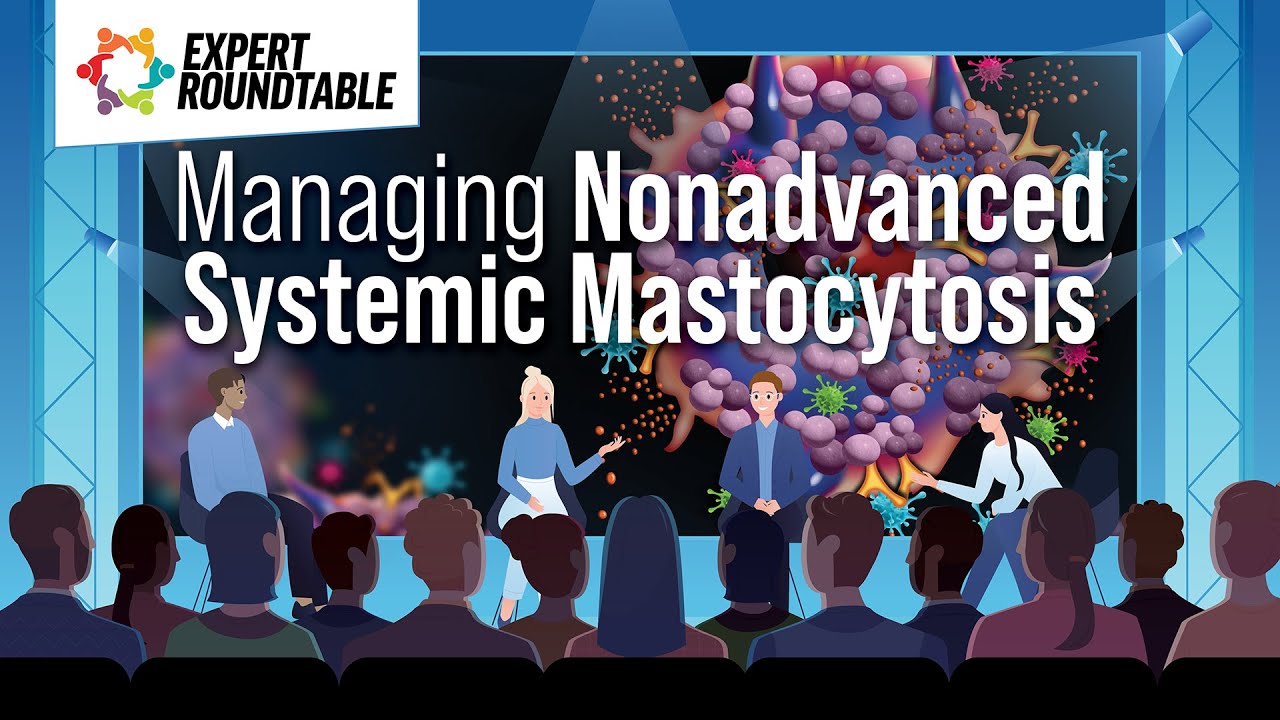The Allergy / Immunology Channel
January 26, 2012 • Allergy / Immunology, Family Medicine, Internal Medicine, Pain Management, Reuters Health • The Doctor's Channel Newscast
NEW YORK (Reuters Health) – Muscle relaxants don’t ease the pain of rheumatoid arthritis (RA), and only topical capsaicin among studied neuromodulators offers some relief, according to two reviews published January 18 in the Cochrane Library.
“Pain management is a high priority” for RA patients, but “there is currently a paucity of data” to guide it, said Dr. Bethan L. Richards from Royal Prince Alfred Hospital, Camperdown, Australia in an email to Reuters Health.
Dr. Richards and colleagues conducted both of the new systematic reviews — one on the efficacy and safety of muscle relaxants, and the other on neuromodulators.
Six randomized trials including 126 participants met the inclusion criteria for the muscle relaxants review. Five trials assessed a benzodiazepine (four diazepam, one triazolam), and one trial assessed zopiclone.
None of the studies showed a significant improvement in pain over the control groups treated with either nonpharmacologic approaches or placebo. In addition, there were trends towards more withdrawals and more total adverse events with muscle relaxants.
All of the trials had a high risk of bias, being too small and of too short duration to detect clinically significant differences. Furthermore, the reports failed to describe randomization, allocation concealment, and blinding of study participants and personnel.
“Currently there is no evidence to support the use of muscle relaxants for pain management” in RA, Dr. Richards said.
Only four studies met the selection criteria for the neuromodulators review, and they tested only three interventions: nefopam, topical capsaicin, and oromucosal cannabis-based medicine. These trials, too, had a high risk of bias.
The two trials of nefopam showed it significantly reduced pain, but with a significant increase in adverse events (mainly nausea, sweating, insomnia, pruritus, and malaise).
“With many other safer analgesics available on the market today and no head-to-head trials suggesting superior efficacy,” the researchers note, “our review does not support the use of nefopam in patients with RA.”
Topical capsaicin provided significant improvements in pain over placebo at two weeks (not at one or four weeks), but the data on discontinuation due to adverse events were incomplete.
“There is weak evidence that topical capsaicin may have some benefit, and with a more favorable (although frequently occurring) side effect profile including local burning and irritation this could be considered as an adjunct therapy for localized joint pain when other agents have failed or (are) not tolerated,” Dr. Richards told Reuters Health.
Oromucosal cannabis spray proved superior to placebo in improving pain on movement and morning pain. Patients in the cannabis group were more likely to suffer an adverse event (most commonly dizziness, light headedness, dry mouth, nausea, and falls) than were patients in the placebo group.
“Oromucosal cannabis appears to improve pain and sleep to a modest degree but about one in three patients develop side effects involving the central nervous system, indicating that the potential harms outweigh the modest benefits,” the investigators say. “Our review does not support the use of cannabinoids in patients with RA.”
“Unfortunately,” Dr. Richards added, “there have been no studies on more commonly used neuromodulators (pregabalin, gabapentin, etc.), and we are currently planning the randomized trials to address this. At present we are forced as clinicians to extrapolate from data regarding these agents in other patient populations.”
SOURCES:
Muscle relaxants for pain management in rheumatoid arthritis
Neuromodulators for pain management in rheumatoid arthritis
Cochrane Database of Systematic Reviews 2012.








